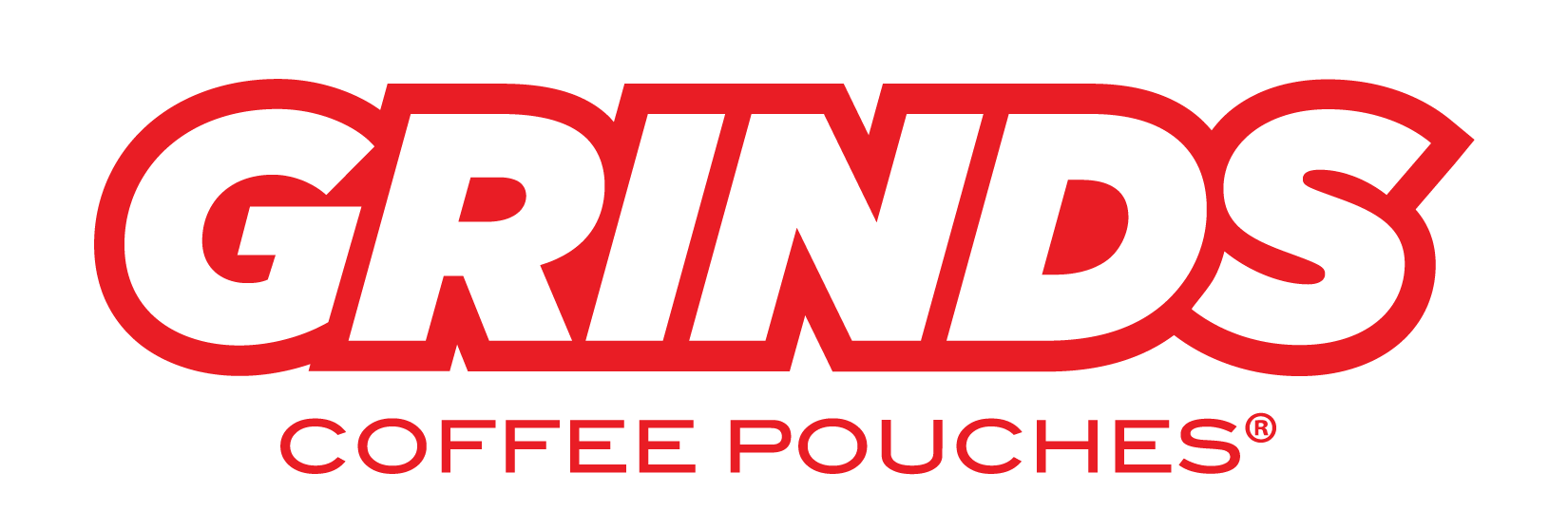7-Day Pre-Quit Plan

What causes a craving?
To recap, a trigger is an indication that you are close to a reward (nicotine).
Trigger are usually related to your environment and activities - the places you go and the things you do.
Alerting your mind that a reward is close leads to a craving, and cravings are the motivational force behind all habits.
However, what you crave is not the act of dipping itself, but the change in state that it delivers - calmness, alertness, and reduced stress or anxiety.
These triggers are often associated with particular times of the day, days of the week, places you frequent and activities you engage in. If you always take a dip after lunch or dinner, your body learns to expect a hit of nicotine after those meals. When you feel happy and full (and possibly tired) from eating, that’s the trigger that leads to the craving for a dip. Your brain wants to change your sluggish state into one of alertness.
If dipping is part of your morning routine, your brain starts to associate the nicotine hit with waking up. So when you start to wake up, the craving for a dip hits - not because you need it to wake up or because you enjoy dipping in the morning, but because you have trained your brain that dipping helps you move from a groggy state to one of alertness.
If your hunting or fishing buddies all dip, being around those friends and gearing up to go out with them are both triggers that fun times are ahead, which means you desire to move from your current state of boredom to one of relaxation and happiness.
If visiting your inlaws or other family members is a stressful experience for you, a craving for a dip probably hits when you’re on your way to see them. You’re feeling anxious, and want to move to a more relaxed state.
Why track triggers and cravings?
Tracking triggers and cravings is an essential part of any successful quit plan. You MUST do this in order to:
Quantify your results.
Early in your quit, you will experience intense cravings often.
But with time, they will become less extreme and less frequent.
You’ll sense that on your own, but you’ll feel more accomplished when you can look in your quit journal and
proclaim, “I’ve gone from five intense cravings every day to just two mild cravings a week!”
Distract your mind.
Stopping in the middle of a craving to pull out your quit journal and record it distracts your mind and may help you overcome the craving altogether.
Avoid triggering situations.
When you log your cravings and identify their triggers, you’ll start to notice the aspects of your environment that need to change.
Can you avoid those people, places and activities altogether? If not, make a plan to overcome the craving next time.
How to track triggers and cravings?
You will notice cravings first, and triggers second, even though they occur in the opposite order. When you feel the urge to grab a dip, immediately stop what you’re doing and pull out your quit journal to make a note of your feelings and environment. Make a new entry that looks like this:
Today’s Date: 5/26/20
Date and time of last dip: 5/1/20
Craving level (1 to 10): 6
Place or activity that triggered the craving: heading back to work after long holiday weekend
Feelings associated with the craving: annoyed with having to go back to the office after a nice, enjoyable weekend with the family; wanting a dip to make it more tolerable.
Counteraction taken: Keep a couple different flavors of Grinds in the truck, and make it part of my daily drive in to work so that I have something to look forward to.
Once you’ve collected enough data on your cravings and triggers, trends will start to emerge. Maybe your most intense cravings come on Monday morning when you’re dreading going back to work. Maybe you always break your quit streak when you’re out with certain friends. Maybe going to the bar is your most consistent and regular trigger. Everyone will make different conclusions, but what’s most important is that you periodically review your journal entries to look for these trends and make a plan to address them.
We recommend logging cravings and triggers in your quit journal. Why? Because you can keep it on your person at all times, and you don’t need a cell phone signal to log the information.
If you’re not a fan of the analog style, there are several apps available just for this purpose:
Smoke Free: With more reviews than any other quit app (by a landslide!), the Smoke Free app is the clear market winner. As the name suggests, it’s aimed at smokers, but could easily be adopted by dippers. You must subscribe to the premium features to access the elements designed to assist you on your quit, but at $1 a month, it’s completely affordable. This app is also available on Apple watches and syncs with other fitness trackers.
quitSTART: Like the Smoke Free app, this one is designed for smokers, but can be adopted by dippers. We like quitSTART because it enables you to flag locations that trigger a craving. Then, next time you’re in that same location, the app will send you a notification and message of encouragement. The only downside is that this app offers so many ways to engage with it, and hurls a lot of facts and figures at you, that some may find it overwhelming.
Quit Guide: If you’re looking for a simple, digital way to log cravings, this stripped-down app is for you.
and ideas for how to lessen their intensity,
or avoid them altogether.
